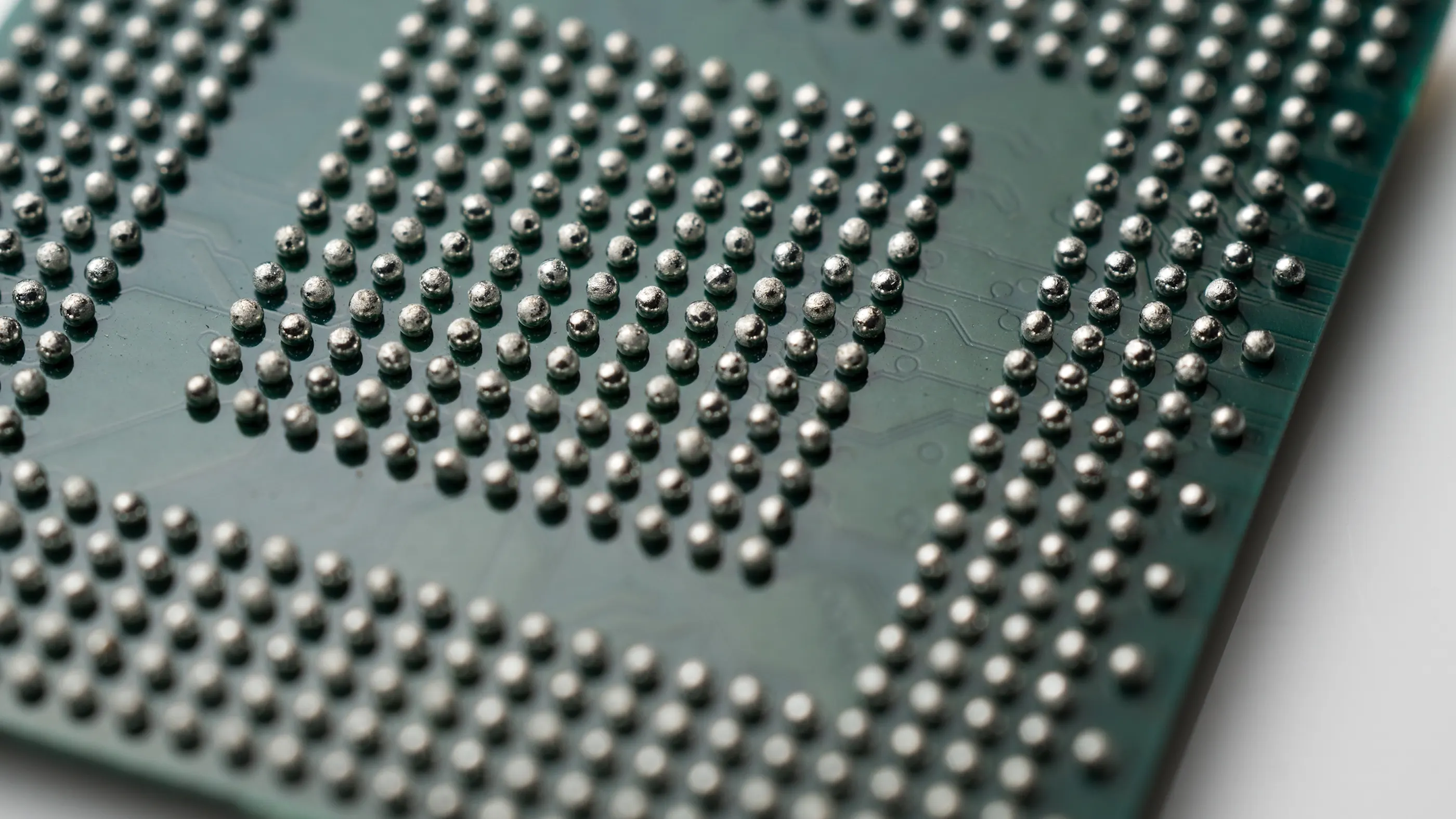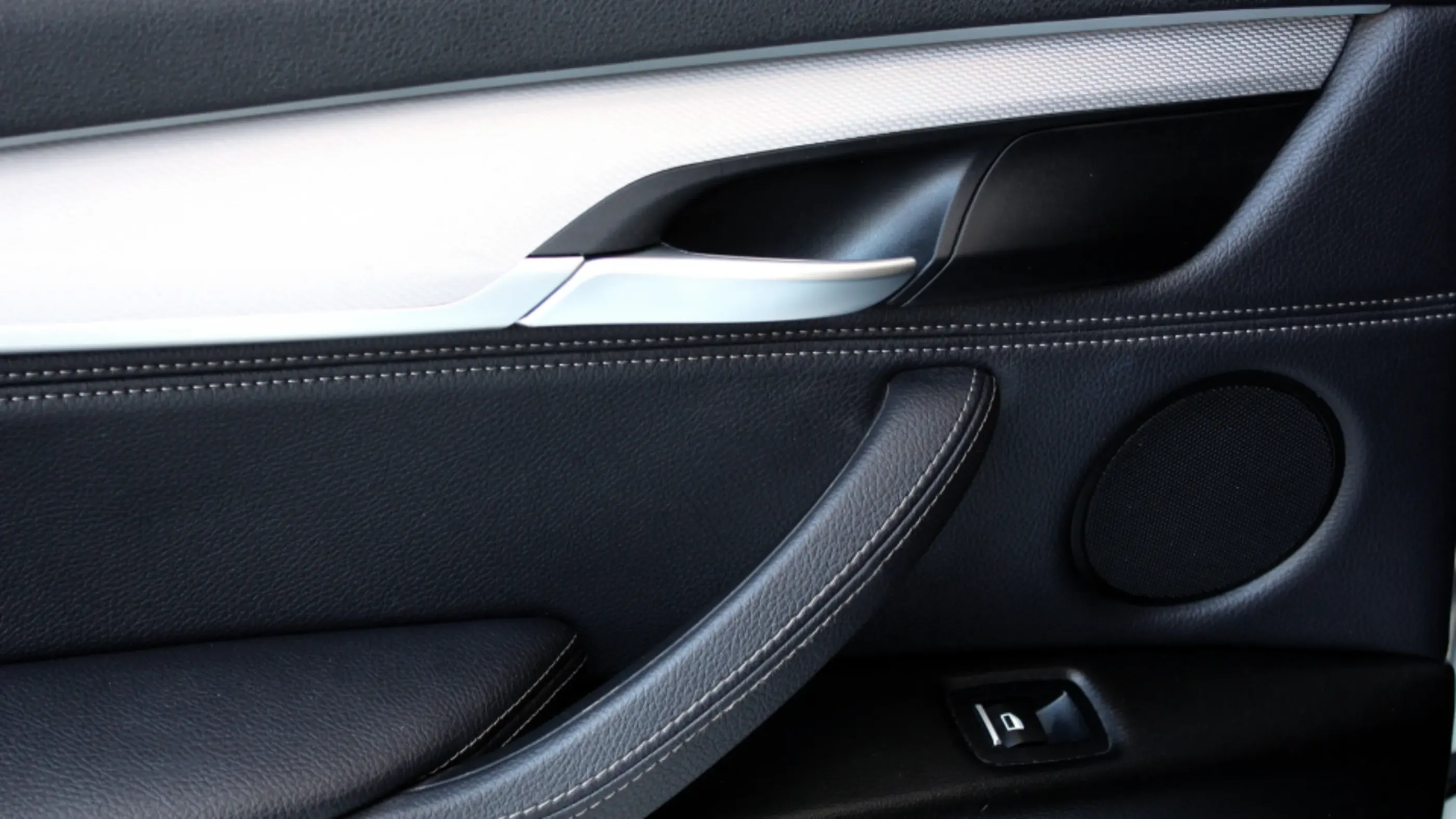HDR Imaging and Tone Mapping for Reliable Defect Detection in Harsh Lighting
Industrial and electronics manufacturing often involve high-contrast scenes with bright reflective surfaces adjacent to dark recessed areas. Standard imaging systems struggle to capture complete details across these extreme lighting conditions, particularly under throughput constraints. Basler offers a portfolio of HDR-capable solutions tailored for motion, contrast, and throughput demands. This use case demonstrates how the IMX676-based DOL HDR option works in practice.
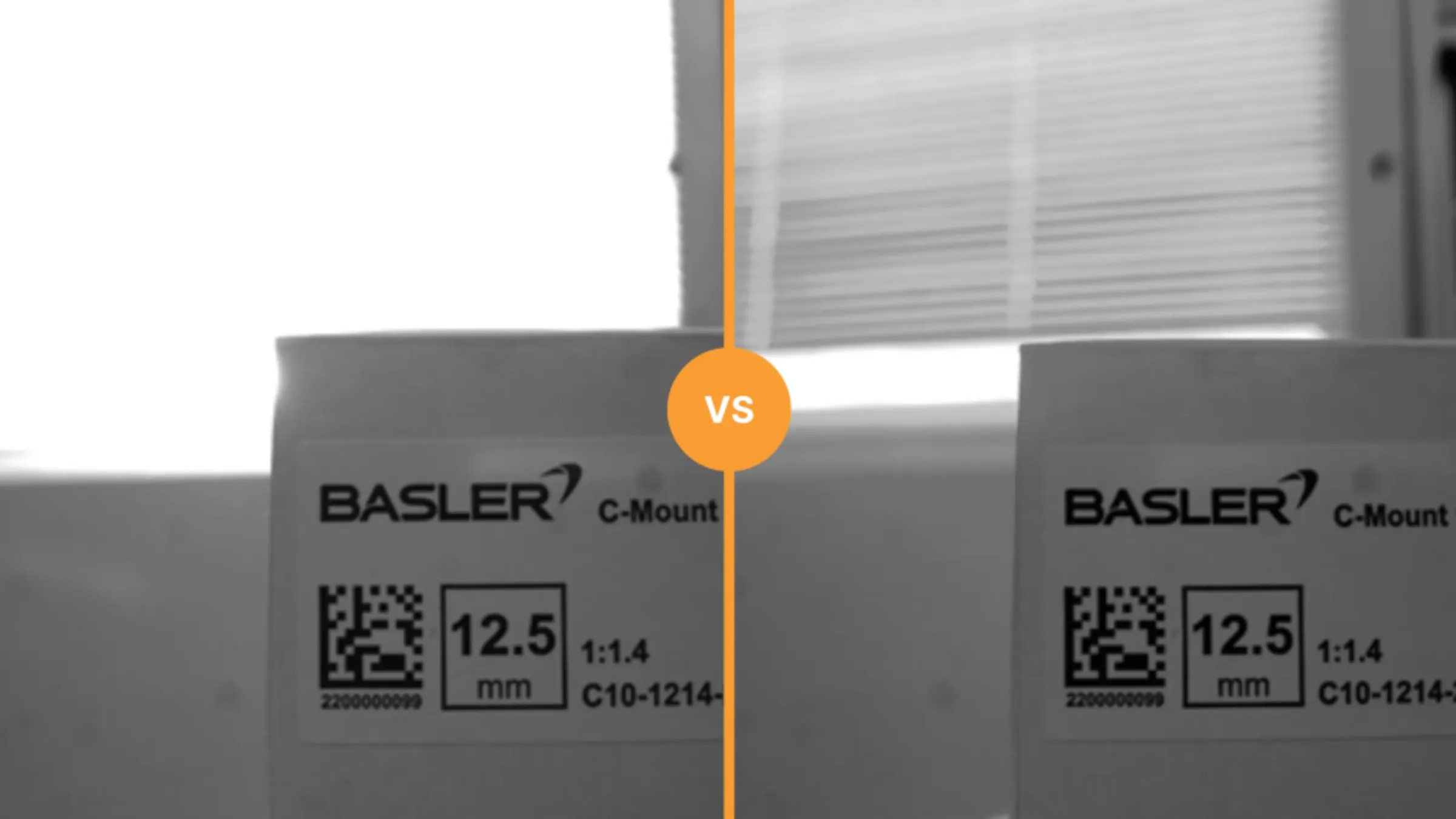
Reliable inspection across reflective, transparent, and shadowed surfaces
Many low-contrast, micro-scale defect detection applications frequently encounter extreme contrast scenarios that present significant imaging challenges. Some typical application scenarios include:
In these challenging scenarios, even optimal lighting design cannot fully resolve the fundamental optical conflict between the need to properly expose bright reflective regions without overexposing them, while simultaneously capturing sufficient detail in darker areas without underexposing them.
Standard imaging approaches struggle to simultaneously capture critical details across the full dynamic range of these high-contrast scenes. This limitation often results in the loss of essential information in either highlights or shadows, which can significantly compromise defect detection accuracy and reliability in precision inspection applications.
Example application: IMX676 with built-in HDR and Tone Mapping
The Basler ace 2 with Sony’s IMX676 delivers up to 80 dB dynamic range using DOL HDR and in-camera tone mapping, producing balanced images without host-side processing. It supports Bayer8, Bayer16, RGB8, and YCbCr output for both display and algorithmic use.
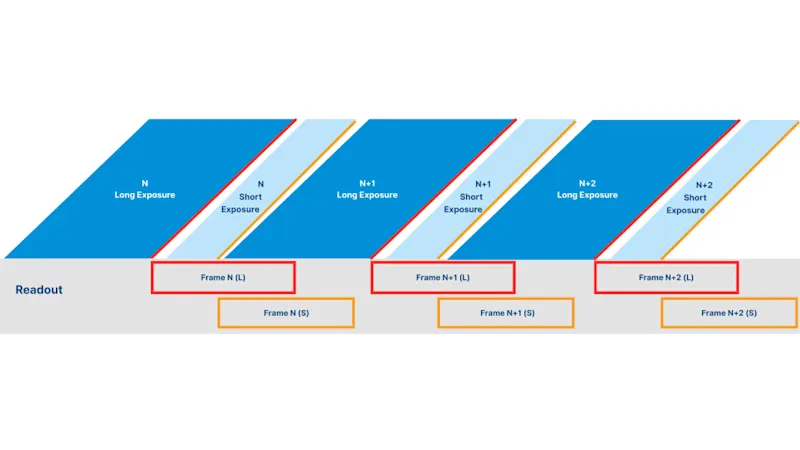
Harness DOL HDR for seamless highlight-shadow capture
Digital Overlap (DOL) HDR is designed for rolling shutter sensors, where lines are exposed sequentially. Instead of waiting for the entire frame to finish, DOL HDR starts the next exposure while the first is still in progress. This overlap enables HDR within a single frame period without multiple full-frame captures.
Basler integrates DOL HDR directly into the ace 2 IMX676 camera through firmware-level optimization and built-in tone mapping. This implementation delivers high-dynamic-range output ready for immediate visualization or processing, eliminating the need for external synchronization, complex exposure timing, or host-side image merging.
The result: seamless highlight-shadow capture within one frame, ideal for detecting defects like microcracks, scratches, or contamination even in scenes with high reflectivity or deep contrast.
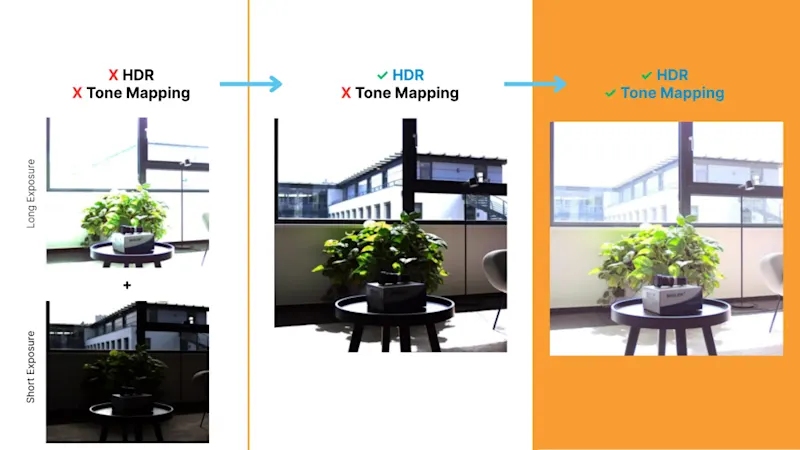
From raw data to display: The role of tone mapping
HDR sensors like the IMX676 can output high-bit-depth data (e.g., 16-bit Bayer), which preserves full dynamic range across shadow and highlight regions. Tone mapping compresses this dynamic range non-linearly into 8-bit formats (e.g., Bayer8, RGB, YCbCr) for display on standard monitors.
In the ace2 IMX676, tone mapping is integrated directly into the camera firmware. This allows real-time, natural-looking images without extra host-side processing, especially useful when images are meant for human operators.
However, for machine vision applications where images are processed algorithmically, tone mapping is optional. Algorithms can work directly on the raw high-bit-depth data, retaining full dynamic range and precision.
In-camera DOL-HDR and tone mapping vs. Software solution
In-camera DOL-HDR with tone mapping offers significant advantages over software-based HDR approaches like OpenCV. Since exposures are overlapped, the temporal gap between long and short exposures is significantly reduced, something software processing can't match. This results in faster, cleaner HDR output, especially for live and motion-sensitive applications. The table below highlights the key differences:
Feature | ace 2 IMX676 with DOL-HDR + Tone Mapping | Software-Based HDR (e.g., OpenCV) |
Processing Speed | Real-time in-camera | Slow, requires CPU/GPU processing |
|---|---|---|
Latency | Very low | High |
Motion Artifacts | Minimized | Higher risk of ghosting |
Bandwidth Efficiency | Single optimized image output | Multiple image transfers |
Use Case Suitability | Industrial vision | Photography; Post-processing scenarios |
Comparing HDR methods: Choosing the right one for your application
While the IMX676 with DOL HDR and tone mapping is ideal for many mainstream use cases, Basler supports several HDR methods, each tailored for specific needs.
HDR Methods | Exposure Mode | FPS Impact | Motion Robustness | Resolution | Image Quality (SNR) | Dynamic Range (dB) |
Software | Multi-Exposure | 1/N | Poor | Full | ♦♦♦♦ | +N×☀ |
|---|---|---|---|---|---|---|
Exposure Fusion | Multi-Exposure | 1/N | Poor | Full | ♦♦♦ | +N×☀ |
Binning Fusion | Single Exposure | None | Good | Reduced | ♦♦♦ | +☼ |
Dual Conversion Gain (DCG) (IMX53X) | Single Exposure | None | Good | Full | ♦♦ | +☀ |
Dual Gain | Single Exposure | 1/2 to moderate depending on implementation | Good | Full | ♦ | +☀ |
Clear HDR (IMX676) | Single Exposure | None | Good | Full | ♦ | +☀ |
DOL HDR (IMX 676) | Two-exposure with in-camera-processing | Moderate | Moderate | Full | ♦♦♦ | +☼~☀ |
Quad HDR (IMX900) | Mutiple exposure times in a single scene using per-pixel control | None | Excellent | 1/4 | ♦♦♦♦ | +☀☀ |
IMX490 | Single Exposure pixel level HDR | None | Excellent | 1/4 | ♦♦♦ | +☀☀ |
Note:
N = number of exposures | ☀ ≈ +24 dB (dual exposure) | ☼ ≈ +12 dB (single-path HDR)
Actual dynamic range depends on sensor design, scene content, and implementation. Symbols are used in place of numeric values to reflect relative capability without implying fixed performance under all conditions.
The key to successful HDR implementation lies in understanding your specific inspection requirements. When customers approach us with challenging lighting scenarios, we evaluate their object movement patterns, throughput needs, and quality requirements to recommend the optimal HDR approach. Our R&D team has developed a range of HDR methods, each tailored for different motion, resolution, and integration needs.
Summary: Why choose Basler HDR imaging?
For high-speed lines or detail-critical inspections, no single HDR method fits all. That’s why Basler offers more flexible HDR solutions to meet different motion and imaging requirements:
Comprehensive options: Includes multi- and single-exposure methods, sensor-level features, and FPGA-based processing.
Integration-friendly: Real-time HDR and in-camera tone mapping reduce host-side processing needs.
Scalable and future-ready: Supports the latest sensor technologies for evolving inspection demands.
Our custom capabilities
Our engineers can help you evaluate which HDR solution fits your inspection needs, whether it’s DOL HDR, Dual ADC, or Quad HDR.
Discuss your project with us